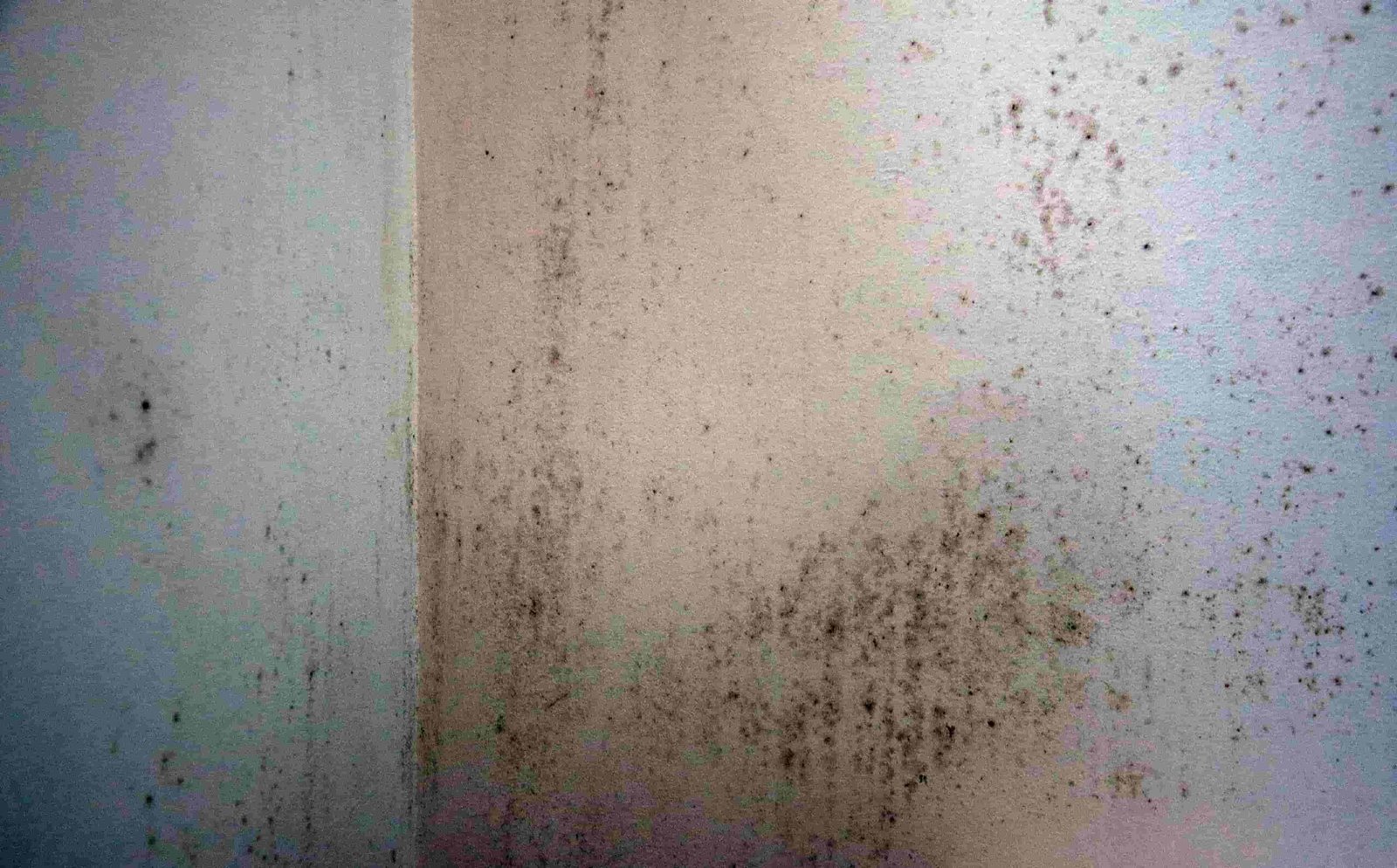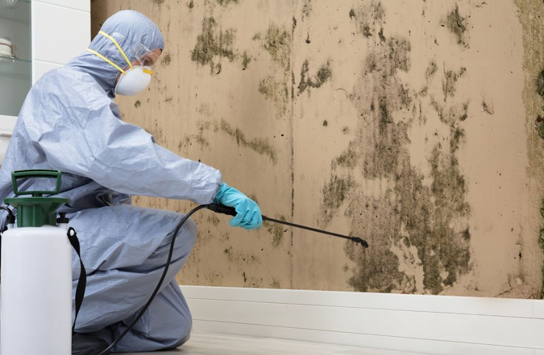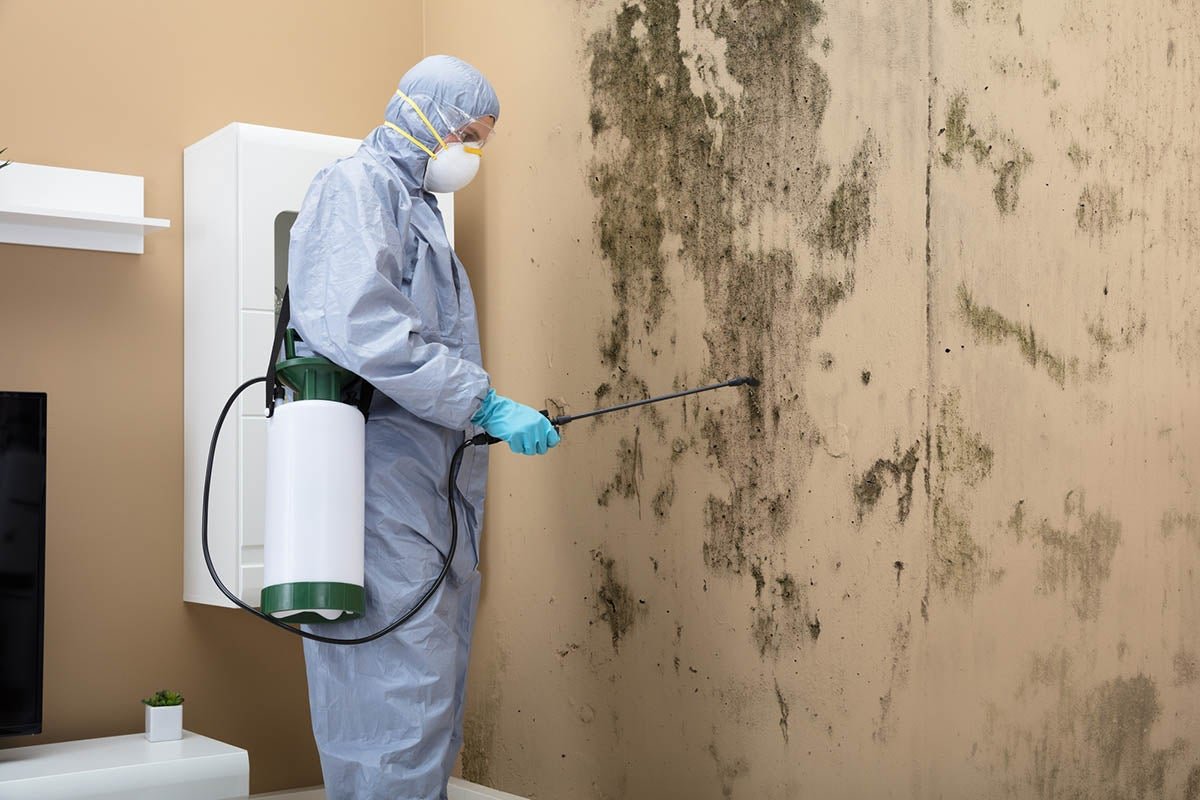Introduction
Florida’s warm, humid climate is a breeding ground for mold, especially after water damage from leaks, floods, or storms. Whether it’s a burst pipe in a West Palm Beach condo or a hurricane-induced flood, mold can start growing in as little as 24 hours. At Edwards Property Remediation, we’ve seen how quickly mold can turn a manageable water issue into a costly and hazardous problem. This guide dives into the timeline of mold growth, the conditions that fuel it, the risks it poses, and how to stop it. We’ll also explain why our West Palm Beach team is your best partner for rapid mold remediation.

The Science of Mold Growth
Mold is a fungus that thrives in moist, warm environments, reproducing through microscopic spores that float in the air. In Florida, these spores find perfect conditions due to high humidity, frequent rain, and consistently warm temperatures. When water damage occurs, these spores settle on wet surfaces and begin to grow rapidly.
Timeline of Mold Growth
- 0–24 Hours: Mold spores land on damp surfaces and start germinating. No visible growth yet, but the process has begun.
- 24–48 Hours: Early mold colonies form, often invisible but detectable by a musty odor.
- 48–72 Hours: Visible mold appears as small black, green, or white patches, especially on porous materials like drywall or carpet.
- 7–10 Days: Mold spreads extensively, penetrating deeper into materials and covering larger areas. Professional remediation is often needed by this stage.
- Beyond 10 Days: Severe infestations can damage structures, ruin belongings, and pose serious health risks.
In Florida’s climate, where humidity often exceeds 60% and temperatures range from 75°F to 85°F, mold can progress faster than in drier regions. A flooded West Palm Beach home left untreated for just a few days can become a mold hotspot, escalating repair costs and health concerns.
Conditions That Accelerate Mold Growth
Several factors make Florida homes particularly vulnerable to mold after water damage.
1. High Humidity
Florida’s relative humidity, often 60%–80%, is ideal for mold. After water damage, indoor humidity can spike to 90% or higher in affected areas, especially if wet materials like carpets or drywall aren’t dried quickly.
2. Warm Temperatures
Mold thrives in temperatures between 77°F and 86°F, which are standard in Florida year-round. Even in winter, indoor heating keeps homes warm enough for mold to flourish.
3. Porous Materials
Mold loves organic, porous surfaces that hold moisture, including:
- Drywall: Absorbs water and provides nutrients for mold.
- Carpet and Padding: Traps moisture, making it hard to dry completely.
- Wood: Floors, furniture, or beams can harbor mold if not dried promptly.
- Insulation: Wet insulation in walls or attics is a hidden mold risk.
Non-porous surfaces like tile resist mold but can still support growth if organic debris is present.
4. Poor Ventilation
Enclosed spaces like bathrooms, closets, or condos with limited airflow trap moisture, accelerating mold growth. HVAC systems can also spread spores if not properly maintained.
5. Organic Matter
Mold feeds on organic materials like wood, paper, or fabric. Even dust or soap scum can provide enough nutrients for mold to grow.
Where Mold Grows After Water Damage
Water damage often leaves hidden moisture that fosters mold in hard-to-reach areas. Common problem spots in Florida homes include:
- Behind Walls: Water seeps into wall cavities, soaking drywall and insulation.
- Under Flooring: Carpets, laminate, or hardwood trap water in subfloors or padding.
- HVAC Systems: Moisture in ducts or air handlers can spread mold spores throughout a building.
- Behind Cabinets: Kitchens and bathrooms are high-risk due to frequent water exposure and poor airflow.
- Attics and Crawlspaces: Leaky roofs or poor ventilation create persistent moisture.
- Closets: Tight spaces with limited air circulation are vulnerable, especially if wet items are stored inside.
In West Palm Beach, tropical storms and hurricanes often exacerbate these issues, making thorough inspection critical.
Signs of Mold Growth
Early detection can prevent extensive damage. Look for:
- Musty Odor: A persistent “earthy” smell, even without visible mold.
- Visible Growth: Black, green, white, or fuzzy patches on walls, ceilings, or floors.
- Water Stains: Discoloration, bubbling paint, or peeling wallpaper may hide mold.
- Health Symptoms: Sneezing, coughing, itchy eyes, or respiratory issues, especially in sensitive individuals.
- Structural Damage: Warped wood, crumbling drywall, or soft flooring can indicate mold.
If you notice these signs, act immediately to avoid further spread.
Health Risks of Mold
Mold poses more than cosmetic damage—it can affect your health:
- Allergies: Sneezing, runny nose, itchy eyes, or rashes.
- Respiratory Issues: Coughing, wheezing, or asthma attacks, especially for those with pre-existing conditions.
- Infections: Molds like Aspergillus can cause infections in immunocompromised individuals.
- Toxic Exposure: Some molds, like Stachybotrys (black mold), produce mycotoxins, potentially causing headaches, fatigue, or neurological symptoms.
In Florida’s multi-unit buildings like condos, mold can affect multiple residents, making prompt action essential.
How to Stop Mold Growth After Water Damage
Preventing mold requires swift, thorough action. Here’s how:
- Act Within 24 Hours: Contact a professional to assess damage before mold takes hold.
- Remove Standing Water: Use pumps or wet vacuums to extract water. Professionals can handle large volumes efficiently.
- Dry Thoroughly: Deploy industrial air movers and dehumidifiers to dry surfaces, subfloors, and walls. Aim for indoor humidity below 50%.
- Sanitize Surfaces: Apply antimicrobial treatments to kill mold spores.
- Inspect Hidden Areas: Use moisture meters or infrared cameras to find trapped water.
- Remove Damaged Materials: Discard soaked carpets, insulation, or drywall that can’t be saved.
- Improve Ventilation: Use fans, open windows, or run HVAC systems to reduce humidity.
DIY may work for minor leaks, but significant water damage requires professional expertise to ensure complete drying and mold prevention.
Why Professional Remediation Is Essential
Florida’s climate makes mold remediation complex. Professionals offer:
- Advanced Tools: Industrial pumps, dehumidifiers, and infrared cameras for thorough moisture detection.
- Expertise: Certified technicians know how to identify and treat hidden mold.
- Safety: Mold removal involves handling hazardous materials, requiring protective gear and proper disposal.
- Insurance Support: Professionals document the process for insurance claims.
- Prevention: Experts address root causes like leaks or poor ventilation to prevent recurrence.
At Edwards Property Remediation, we specialize in fast, effective mold solutions for West Palm Beach properties.
Why Fast Action Matters
Delaying action after water damage leads to:
- Deeper Mold Spread: Mold penetrates materials, requiring extensive repairs.
- Higher Costs: A $1,000 fix on day one can become $10,000+ if mold spreads.
- Health Risks: Prolonged exposure increases allergy or respiratory issues.
- Insurance Issues: Many policies require prompt action to cover mold claims.
Acting within 24–48 hours can save thousands and protect your health.
Why Choose Edwards Property Remediation?
Edwards Property Remediation is West Palm Beach’s trusted choice for water damage and mold remediation:
- 24/7 Emergency Response: We’re available anytime to stop mold before it spreads.
- Advanced Technology: Infrared cameras, moisture meters, and industrial dehumidifiers ensure thorough restoration.
- Certified Experts: Licensed, insured, and trained to industry standards.
- Community Trust: Serving HOAs, landlords, and homeowners across Palm Beach County.
- Comprehensive Service: From water extraction to mold removal and repairs, we handle it all.
Case Study: West Palm Beach Condo Recovery
A West Palm Beach condo recently faced flooding from a burst pipe. Edwards Property Remediation responded within hours:
- Day 1: Extracted 200 gallons of water, set up dehumidifiers, and removed soaked drywall.
- Day 2: Sanitized surfaces and used infrared imaging to confirm no hidden moisture.
- Day 3: Installed new drywall, repainted, and verified safe moisture levels (below 15%).
The condo was restored in three days, mold-free, saving the owner significant costs.
Tips for Florida Homeowners
- Check for Leaks: Inspect pipes, roofs, and appliances regularly.
- Maintain HVAC: Clean ducts and change filters to prevent moisture buildup.
- Use Dehumidifiers: Keep indoor humidity below 50%.
- Document Damage: Take photos/videos for insurance claims.
- Act Fast: Call professionals at the first sign of water damage.
Conclusion
In Florida, mold can grow within 24–48 hours after water damage, fueled by the state’s humid, warm climate. Whether it’s a small leak or a major flood, quick action is critical to prevent costly repairs and health risks. Edwards Property Remediation offers expert mold remediation and water damage restoration in West Palm Beach, using advanced tools and 24/7 service to protect your property.
Don’t let water damage become a mold disaster. Call us today to restore your home and peace of mind.
📞 Call (754) 221-6945 for Emergency Mold Help
📅 Schedule a Free Mold Risk Assessment
Contact EPR LLC info@eprllc.net today. Follow us on Facebook for more insights and success stories.




